By Lochow Ranch
Our project with Bassmaster reached a very important milestone in the latest installment of the video series: the addition of structure to Lake Y.
Structure refers to the underwater features that give bait fish and young bass shelter and larger bass a place to feed.
For Lake Y, adding structure to make a fish friendly habitat will be one of the most important steps in creating a prime bass fishery, according to Lochow Ranch President John Jones.
We have teamed with Bassmaster for The Lake Y Project, focusing on turning an underperforming 56-acre lake in Alabama into a thriving fishery.
In Episode 4, John and James Hall, editor-in-chief of Bassmaster Magazine, dive into the importance and types of structures that can be added to lakes as part of fishery management.
The video installment can be viewed here on the Bassmaster website. The video features explanations of structure options and then follows members of the Lochow Ranch pond management crew as they add several structures to Lake Y.
“What we like to see in a lake is somewhere around 20 percent structure,” John explains. That much underwater structure helps the bait and game fish population to grow while still affording good fishing.
John and James survey the different types of structure that are commonly used.
A popular form of lake structure is old Christmas trees. A tree can be weighted at the base with cinderblocks so that it can float upright and fish can shelter among the branches.
The positives of Christmas trees are that they are an inexpensive approach and can be easy to find if you ask neighbors to let you take their trees after the holiday season.
But there are several drawbacks, John says. Christmas trees disintegrate in a few months in a lake and no longer offer adequate structure. They also can snag lures, and getting a hook unsnarled from an underwater Christmas tree is very hard.
That said, Christmas tree can work very well as fish-friendly cover while they last, John says. One pond survey the Lochow team conducted found 150 bass at a single Christmas tree.
Another structure option is to sink bundles of brush including pieces of hardwood. This can be much longer lasting than Christmas trees, John says, explaining that he has seen hardwood structure that was still effective 15 years after it was placed.
When putting in brush as structure, John says, it is best to use bundles and to place the bundles in roughly the size and shape of a semi trailer.
You want brush structure placement to be long but narrow so that the fish have cover but also so that you can get access to where the fish are for good fishing.
The final type of habitat elements that John and James discuss is the manmade structure. Naturally these are very long-lasting and provide excellent cover for fish. They don’t create as many headaches with snagging lures as sunken trees do, and it is relatively easier to extract a caught hook from an artificial structure.
For Lake Y in particular, the addition of structure is key to improving the lake’s performance as a fishery.
In fact, fish were spotted around the Christmas trees shortly after they were installed in Lake Y. “To say that this lake was dying for some structure, these fish were needing some structure, may have been an understatement,” James says.
Adding structure to an underperforming pond is a very important step in fishery management, John says, but you need to make sure you have your goals in mind and realize it can take time and patience for a fishery to reach its prime.
“You want to put forth your goals and you want to make them attainable,” John advises. “So it’s not reasonable to assume we can get everything done overnight. Taking something like a lake with almost no structure and getting it to 10 to 20 percent is going to take several years.
“But once you’ve got a good plan, and you’re efficient and you stay targeted with what you’re doing, you’re going to get there.”
John started his assessment of Lake Y in the first episode with a walkabout, identifying overall problems and opportunities. The second episode focused on inventorying the lake’s existing fish population, highlighting an electrofishing survey in action. The third episode explored water quality, clarity and vegetation management considerations.
Follow us on Instagram, Facebook or Twitter to see the progress in Lake Y in coming weeks.
Interested in getting your own pond assessment? Get in touch to schedule yours today!

Recent Comments